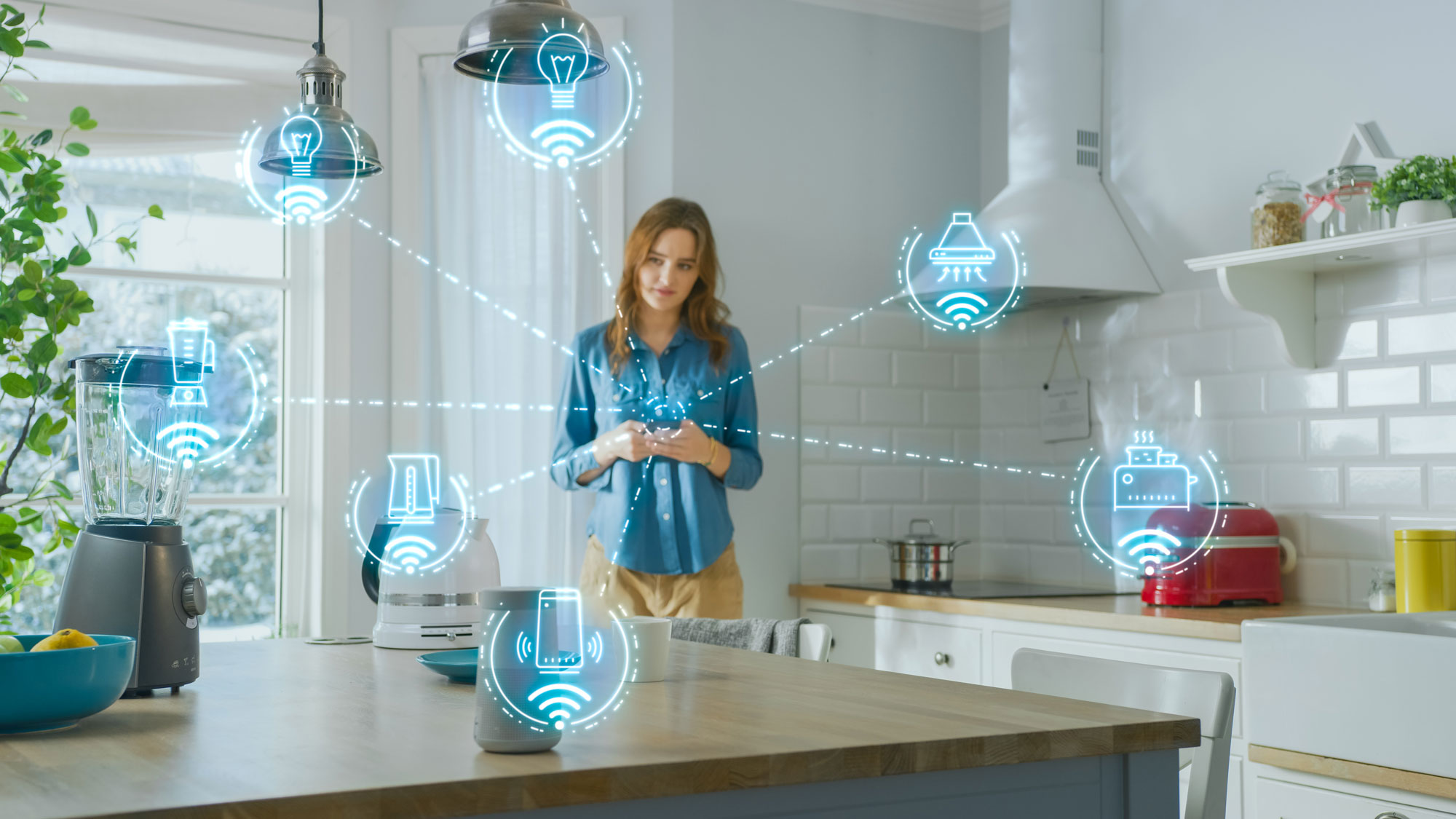In recent years, there has been a surge in “smart” versions of traditional home devices. Devices once purely mechanical or locally controlled are now connected to the network/internet, often relying on cloud-based applications for enhanced functionality. From locks and security cameras to doorbells and home appliances, these connected devices aim to make life easier and more efficient. But they also introduce new and significant security risks.
Consider the following examples:
- Locks: Traditional mechanical locks have evolved to electronic, smartphone-integrated locks that offer remote control and monitoring via cloud connectivity.
- Security Cameras: Once limited to on-premise access, these now stream video data to cloud services, allowing users to monitor activity from anywhere.
- Doorbells: Basic door chimes have transformed into sophisticated video doorbells, with camera functionality and app-controlled access, enabling remote video and two-way communication.
Major tech companies like Amazon (Ring) and Google (Nest) offer a range of these devices, and in India, Tata’s QUBO, Godrej, Atomberg etc provide similar smart solutions. Online marketplaces are flooded with hundreds of models, many from lesser-known brands at prices as low as $20. However, while these devices might seem like convenient and affordable upgrades, they often come with serious security vulnerabilities.
This scenario echoes the early days of consumer Wi-Fi routers, where poor security practices left home networks exposed. Many users, unaware of security requirements, left routers with default settings, allowing hackers to connect easily, intercept data, and even launch attacks.
Another example of this vulnerability was a public incident, where an inappropriate video was broadcast on a large screen at a train station. This occurred because the default settings on a smart display allowed anyone nearby to stream content directly to it.
Home automation smart devices can be similarly risky. Cheap or poorly-secured devices may expose users to security breaches, data theft, or unexpected device failure. Here’s a closer look at some key concerns with these devices:
Major Risks with Smart Devices
- Inadequate Security Features: Many low-cost devices are manufactured with minimal security testing. As a result, they often come with default passwords, open network settings, and inadequate encryption, making them easy targets for hackers.
- Cloud Vulnerabilities: Many devices rely on cloud-based solutions that are often developed by Original Equipment Manufacturers (OEMs) using generic or poorly-secured platforms. This can lead to risks of data breaches, compromising personal data, including video feeds, account details, and other sensitive information.
- Device Theft or Physical Tampering: Some devices lack secure storage, meaning that if a device (like a security camera) is physically stolen, the data stored on it can be accessed by anyone with basic technical knowledge.
- Potential for Device Malfunction: Low-quality electronics may fail during critical times, rendering security devices like smart locks or cameras unreliable when they’re needed most. I have personally encountered these issues or know of friends who face problems, from constant network connectivity issues, to device malfuctional during rains etc.
Our Tips for Choosing and Using Smart Devices Safely
To minimize the risks associated with smart devices, consider the following best practices:
- Invest in Reputable Brands: Quality devices from well-known brands may cost more, but they are generally better-designed, more reliable, and come with stronger security features. Trusted brands are also more likely to issue timely updates to address security vulnerabilities.
- Limit Cloud Dependency: Only enable cloud connectivity when absolutely necessary. Consider whether each device really needs to be connected to the internet.
- Evaluate the Need for Smart Security: Ask yourself if certain devices truly benefit from being “smart.” For instance, smart lights might be harmless, but smart locks introduce added risks. Ensure the added convenience justifies the potential vulnerability.
- Read documentation and update settings: Change the default password or pin and check from the manufacturer all the settings before actively using your new smart device.
By choosing devices carefully and using secure settings, you can enjoy the benefits of a connected home without sacrificing your security and privacy. With major festivals just around the corner, wish you a happy and secure shopping!
